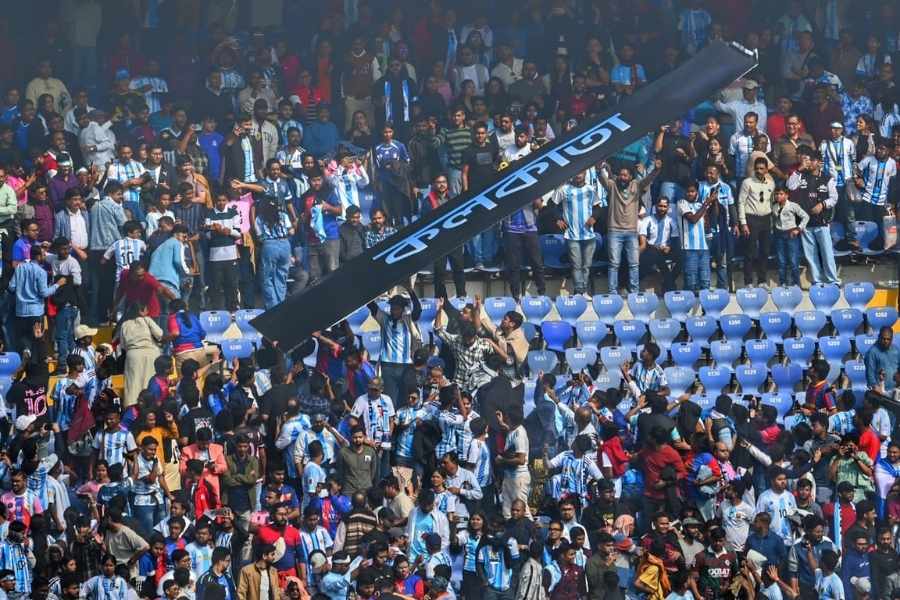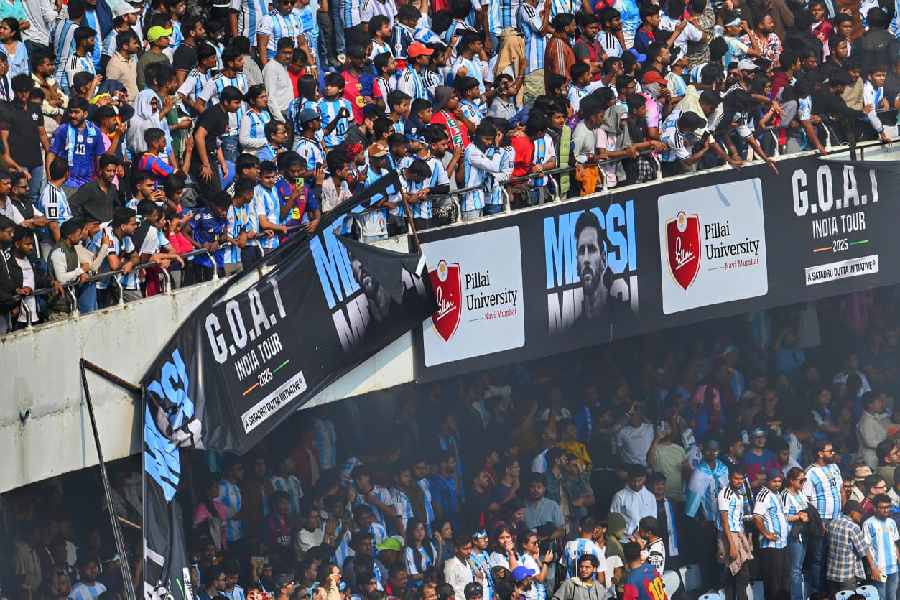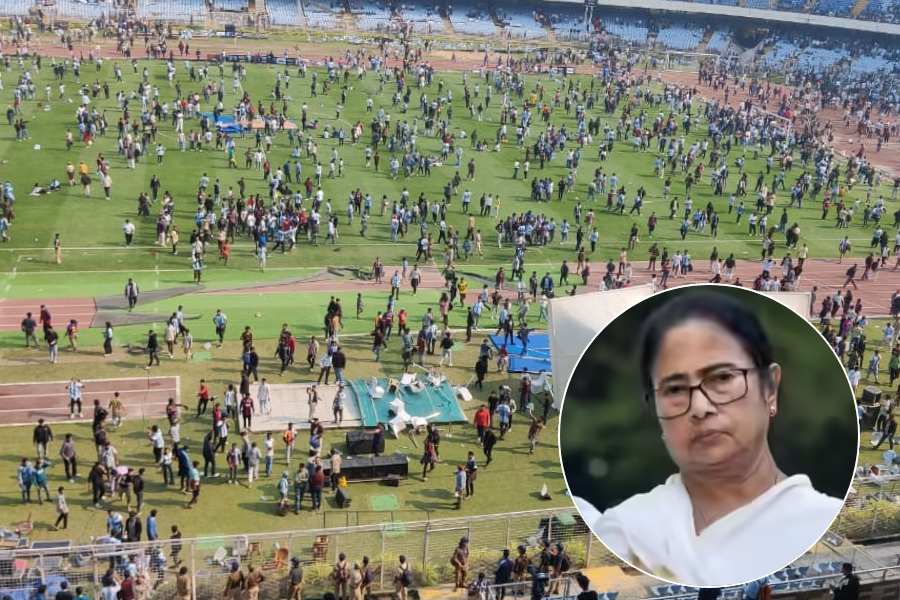New Delhi, Aug. 1: Indian Administrative Service posts lying vacant in Bengal: 99 Indian Police Service vacancies in the state: 87
Bengal ranks second to Uttar Pradesh, the most populous state in the country, on IPS vacancies and third to Bihar and Uttar Pradesh on IAS vacancies, according to figures available with the Union home ministry.
According to the data, there are 938 vacancies across the country in the IPS cadre and 1,470 in the IAS category.
Junior home minister Kiren Rijiju today informed Parliament that there are 3,905 IPS officers in the country against the sanctioned strength of 4,843. Data compiled by the department of personnel and training (DoPT) show there are 4,926 IAS officers in India against the authorised strength of 6,396.
The Union home ministry is the cadre-controlling authority of the IPS while the DoPT, which reports to the Prime Minister's Office, is in charge of the IAS flock.
A Bengal-cadre IPS officer on central deputation termed the shortages in the elite services a "major national issue".
"Bengal is grappling with a severe shortage of IAS and IPS officers and that could cripple or slow down the state's development," the officer told The Telegraph.
At 113, Uttar Pradesh has the highest number of vacancies in the IPS cadre, followed by Bengal (87), Odisha (79), Karnataka (72) and Bihar (43). In the IAS category, Bihar tops the list with 128 vacancies, followed by Uttar Pradesh (115) and Bengal (99).
In a written reply to the Lok Sabha, Rijiju today said the number of sanctioned posts in the IPS category depends on the functional requirement of a particular cadre.
"As per rule 4 (2) of IPS cadre rules 1954, the Centre at the interval of every five years reviews the strength and composition of each such cadre in consultation with the state governments concerned and reviews the authorised strength of the IPS for each cadre," the reply said.
Rijiju said that to fill up the vacancies in the IPS cadre, the batch size of direct recruits had been increased from 88 to 103 in 2005, to 130 in 2008, and to 150 in 2009.
"Efforts are also being made to expedite the process of appointments to the Indian Police Service by promotion from state police service," the minister's reply stated.
DoPT sources said the Centre had increased the annual intake of IAS officers to 182 over the past four years.
"Besides promoting officers from the state police service, the Centre is planning to induct 70-80 IPS officers annually from the paramilitary forces through a competitive examination," a senior home ministry official said.
The cadre strength review is done by the Centre every five years.
"However, a state can always write to the Centre seeking a mid-term review to increase its IAS and IPS cadre strength," the official said.
He pointed out that litigations were also contributing to the increasing vacancies, with disgruntled state services officers challenging the elevation of their colleagues to all-India services.
"There are so many cases and litigations relating to the seniority of state civil services officers, halting the process of filling up vacancies," the official said.
Sources said a committee set up by the Centre had recommended several measures to arrest the growing shortage of IPS officers in its report.
The panel had also highlighted low intake of direct recruits over several years, resulting in staggering shortage of officers, unscientific process of fixing cadre strength and low frequency of cadre reviews.
"The committee has suggested a revamp of the cadre-review process to make it more realistic, scientific and expeditious. It said the reviews should be done every two years instead of five," another official said.
Recently, a parliamentary standing committee expressed concern over the perpetual shortage of IAS officers and said all efforts should be made to fill up the vacancies. It said the vacancies were affecting governance.
"Persistent shortage of IAS officers ultimately affects governance in the country," the committee had said in the report submitted before Parliament.
Sources in the Bengal government said that apart from the shortage of IAS and IPS officers in Bengal, another problem was the administration's reluctance to release officers for central deputation.
Having officers on central deputation gives a state additional leverage in getting projects sanctioned and development funds released.
Bengal has 195 IAS officers in the rank of additional district magistrates and above, of which it should have released 40 per cent for central deputation according to convention.
However, the government released seven instead of 78, sources said.
"Initially, when Mamata Banerjee took over as chief minister, she wanted more officers to work for the state because of the shortage.... Now, she is reluctant to release IAS officers because she does not want them to work for BJP-ruled Centre," an official said.
In the IPS category, the Bengal government should have released 30 per cent of its officers, but freed less than half of that, the sources said.










